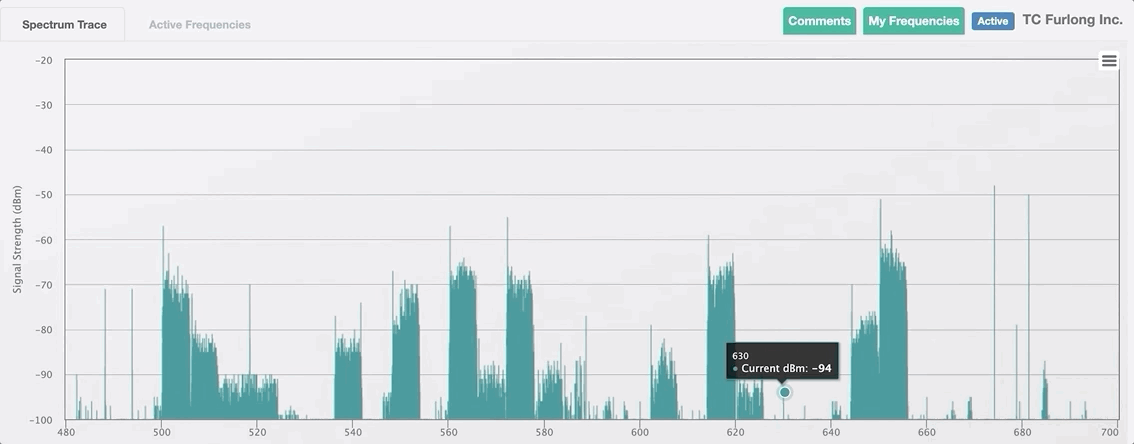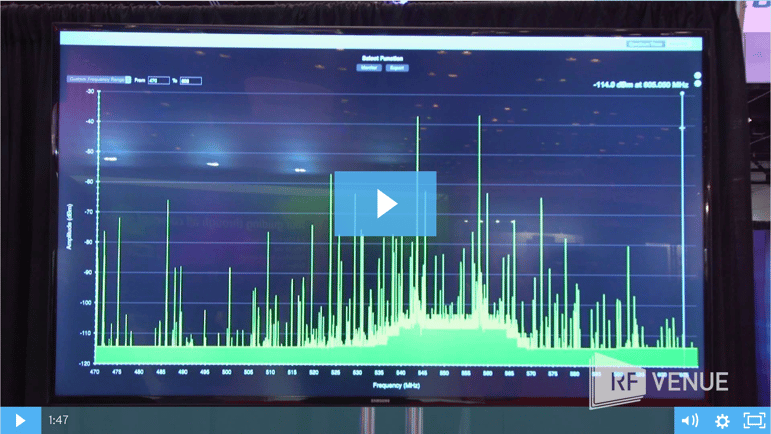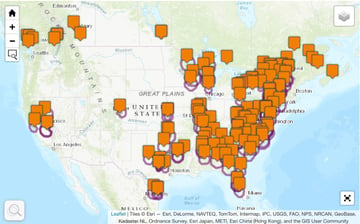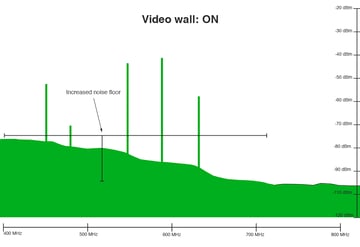- Products
- All Products
- RF PA Extension Kit
- Wireless Microphone Upgrade Packs
- In-Ear Monitor Upgrade Packs
- Wireless Microphone Antennas
- Wireless In-Ear Monitor Antennas
- Antenna Distribution for Microphones
- Antenna Combiners for In-Ear Monitors
- Multi-Zone Antenna Combiners
- Spectrum Tools
- Accessories, Cables and Parts
- Solutions by Venue
- Resources & Training
- Performance Tools
- About Us
As we head into a new year, most people are now aware that the 600 MHz spectrum was largely sold off and that mobile phone service is moving in and lighting up. So to clear that space out, 984 tv stations in the US and Canada needed to vacate their spots and move down into the remaining 470-608MHz. The plan was to schedule the move over 10 phases (in the USA) ending in July of 2020. We have touched on this on previous blogs. 496 stations still had not yet completed their moves. And to make things a bit more confusing, a number of stations, almost 25%, that did transition are operating on STLs (temporary licenses) so expect more changes to them. This happened mainly due to shortages in equipment and manpower to handle the migration. So at this point it is likely to expect the dust won’t settle completely for another year past the deadline.
We recently completed phase 6, much to the chagrin of a lot of folks in Chicago and elsewhere, who were caught off guard. Their wireless system that had worked up until that Friday night all of a sudden had some tv stations dropped on their heads and they were non operational on Saturday.

Chicago RF spectrum before and after TV re-pack
So here’s another heads up for those whose phases are still ongoing. Check the Phase maps at rabbitears.info for a complete listing:
- Phase 7 - areas including Atlanta, Orlando, San Francisco, Denver and Detroit
- Phase 8 - Jacksonville, Philadelphia, Cleveland, Milwaukee and Tulsa
- Phase 9 - Birmingham, Abelene, Evansville, Greenville and Chattanooga
- Phase 10 - NYC and Canada
-
Phase 11 - The remainder of Canada changes.
And for all those still waiting for T-mobile to go live in your county, here’s a list ,county by county. T-mobile is online in a lot of the country but there haven’t been a lot of phones yet sold that can access their band 71 service. But they'll soon be available in huge volumes. I imagine these will be in the pockets of many of your audiences. And when they do show en masse, expect a rise in the noise floor of your venue from the mid 550s and higher. Bandpass filters and more selective antennas like the RF Spotlight can help a lot in that scenario:

So what to do when the tv stations in your area switch over? For most users the easiest thing is to re-scan your current equipment. This could be an easy job if you are only using a few wireless mics. But if you have a larger system with both mics and ears, it is likely to take a bit more work.
So start planning now. Our best suggestions have been in some recent blogs. First, it might be a good time to update your antenna systems and your coax cables. If you are not already using proper distro systems and antennas, now is the time to get those in order. We strongly suggest you get a scan of your venue (post repack) and then feed that data into any of the popular coordination programs available (WWB, IAS, etc). Also be sure to check out our two part strategy for working with Mics & Ears.
Tag(s):
Don Boomer
Don Boomer is Senior applications engineer at RF Venue. He has worked in R&D in the past for Peavey, Sabine and Line 6 and his rock band from his high school days has a song in the Rock n Roll Hall of Fame
More from the blog
Subscribe to email updates
Stay up-to-date on what's happening at this blog and get additional content about the benefits of subscribing.




